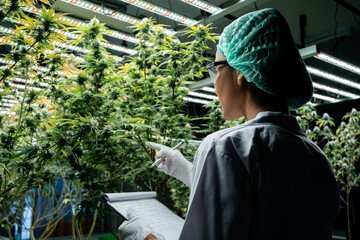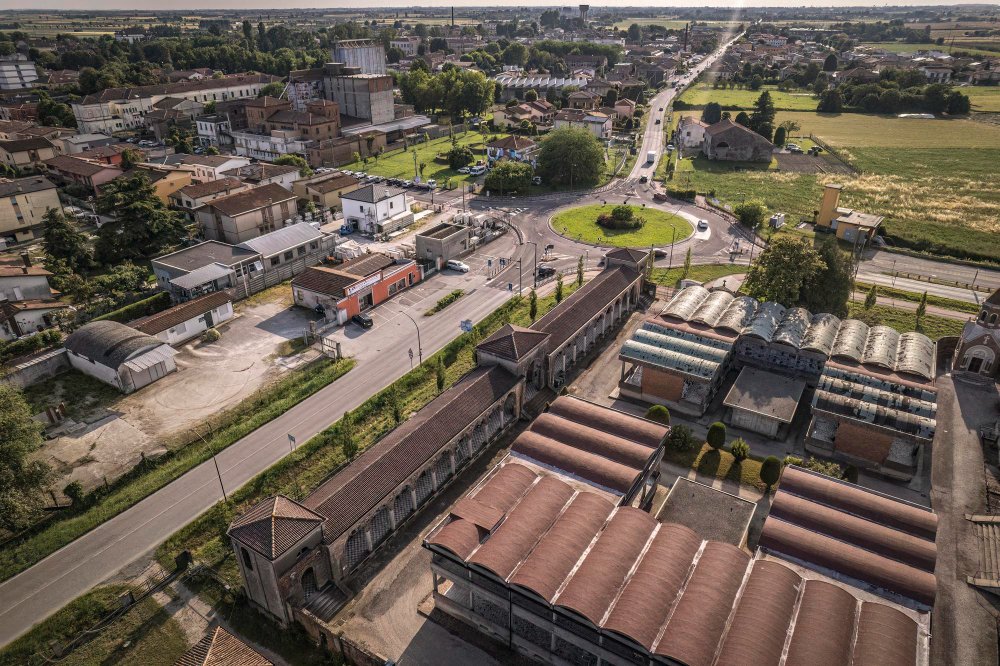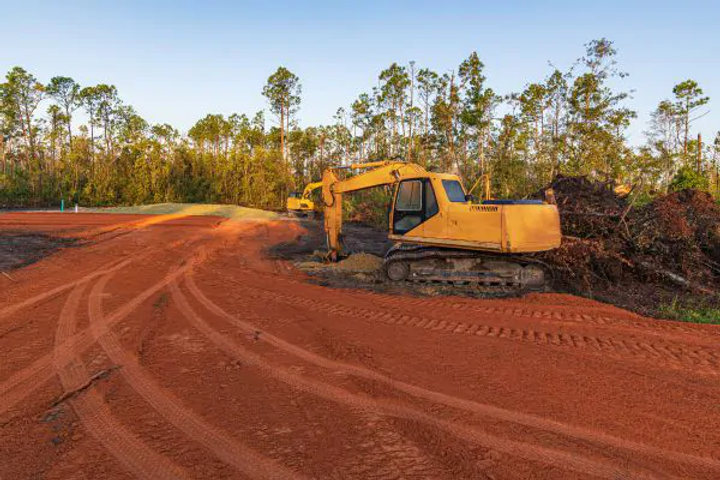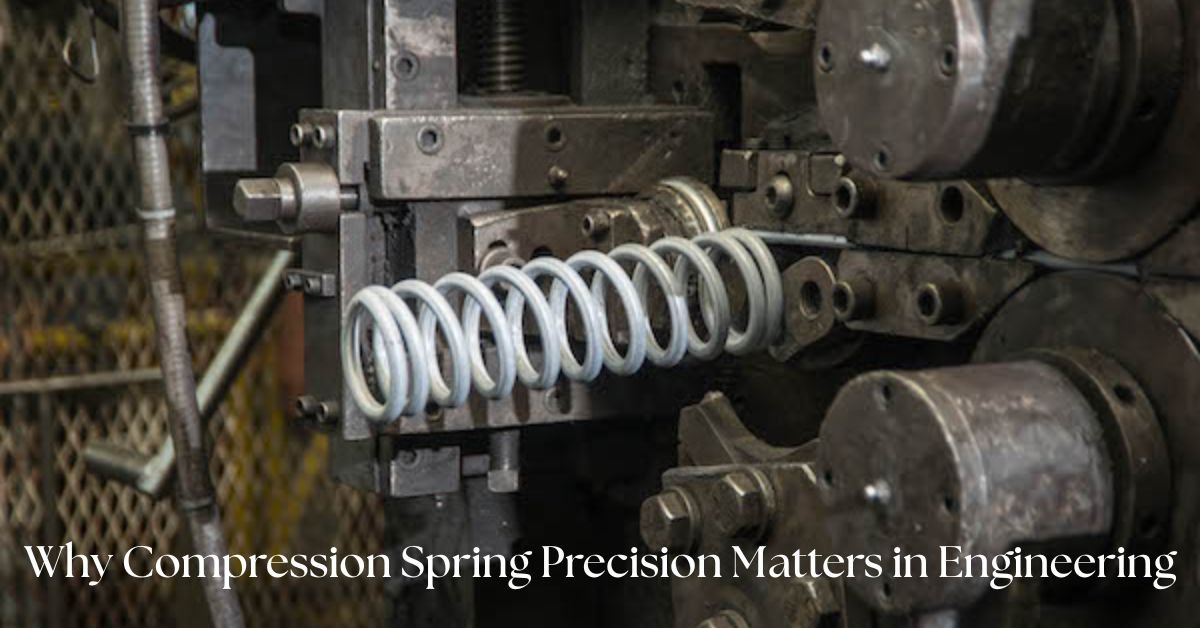Growing cannabis at home can be an exciting and rewarding hobby. Whether you’re interested in cultivating for personal use or just to explore a new skill, getting started with cannabis cultivation is easier than you might think. If you’re in Halifax, you’re already familiar with Halifax weed delivery service, but nothing compares to the satisfaction of growing your own plants. Here are some essential tips to get you started on the right track.
Understand the Basics of Cannabis Cultivation
Before you dive in, it’s crucial to understand the basics of cannabis cultivation. Cannabis plants generally fall into two main categories: indica and sativa, with hybrids offering a mix of both. Indicas are known for their compact size and relaxing effects, while sativas are tall and provide energizing experiences. Knowing which strain you prefer helps determine your growing approach.
Selecting Seeds: Choosing the Right Strain
When starting as a beginner, selecting the right seeds is essential. There are three main types of seeds to consider:
- Regular Seeds: These seeds produce both male and female plants, meaning you’ll need to identify and remove the males to prevent pollination.
- Feminized Seeds: These seeds are bred to produce only female plants, which are the ones that yield buds.
- Autoflowering Seeds: These seeds automatically switch from vegetative growth to flowering, regardless of light exposure, making them ideal for beginners.
If you’re looking for strains that are easier to grow, consider beginner-friendly options like Northern Lights, Blue Dream, or White Widow. These strains are resilient and adaptable to various growing conditions.
Growing Medium: Soil vs. Hydroponics
For beginners, soil is the simplest and most forgiving medium. High-quality soil contains nutrients that help cannabis plants thrive. Look for soil mixes specifically formulated for cannabis cultivation to ensure your plants get the right nutrients.
Alternatively, hydroponics allows plants to grow without soil, using a nutrient-rich water solution. While hydroponics can lead to faster growth and higher yields, it requires more equipment and experience, making it less ideal for beginners.
Lighting: Indoor vs. Outdoor Cultivation
If you choose to grow indoors, invest in high-quality grow lights. LED lights are popular among indoor growers as they are energy-efficient and provide the full spectrum of light necessary for cannabis growth. Indoor cultivation allows you to control every aspect of the environment, including temperature, light cycles, and humidity.
Outdoor cultivation, on the other hand, depends on natural sunlight. If you have the space and live in a climate that supports cannabis growth, outdoor growing can be less costly and equally rewarding. Keep in mind that outdoor plants are more exposed to pests and weather conditions.
Watering: Finding the Right Balance
Overwatering is one of the most common mistakes new growers make. Cannabis plants prefer a wet-dry cycle, meaning the soil should dry out between waterings. To check if your plant needs water, stick your finger about an inch into the soil. If it feels dry, it’s time to water. For this purpose, there are multiple devices built with proper PCB Assembly available in the market that you can purchase and use for automation.
If you’re growing indoors, avoid using tap water as it may contain chlorine or other chemicals harmful to plants. Instead, use filtered or distilled water. For those relying on outdoor sources, consider rainwater, which is naturally beneficial for cannabis.
Nutrients: Feeding Your Plants
Cannabis plants require three main nutrients: Nitrogen (N), Phosphorus (P), and Potassium (K), often referred to as N-P-K. During the vegetative stage, plants need more nitrogen, while in the flowering stage, they require higher levels of phosphorus and potassium.
Start with a balanced nutrient formula and adjust as the plant grows. Remember to flush the plants with plain water during the final weeks of flowering to remove any excess nutrients. This process, known as flushing, ensures a smoother smoking experience.
Managing Pests and Diseases
Pests and diseases can threaten your cannabis plants, especially if you’re growing outdoors. Common pests include aphids, spider mites, and whiteflies, while common diseases include powdery mildew and root rot.
Using organic pesticides like neem oil can help manage pests without harming your plants. Additionally, keeping your growing environment clean and ensuring proper airflow can prevent many common diseases.
Recommended: Before giving cannabis to your pet, consult with a doctor in the vet clinic Singapore.
Harvesting and Drying
Knowing when to harvest is crucial. Most cannabis strains take about 8-12 weeks to flower. You’ll know your plants are ready when the buds are dense, and the pistils (hairs) start turning amber.
After harvesting, trim the buds and hang them upside down in a dark, well-ventilated space to dry. Drying should take about a week. Once dry, cure the buds by placing them in airtight jars and opening them daily to release moisture. This process enhances the flavor and potency of your cannabis.
Where to Find Supplies in Halifax
If you’re looking to get started, local shops that offer cheap ounces Halifax often also have growing supplies. Alternatively, you can explore Weed Delivery Halifax services, which sometimes offer starter kits or growing guides. These resources make it easy to get the tools and advice you need for successful cultivation.
Final Thoughts
Growing cannabis can be a fun and fulfilling experience. By understanding the basics, choosing the right seeds, and creating a healthy growing environment, you’ll be on your way to cultivating quality cannabis at home. And if you ever need supplies or advice, Halifax weed delivery services and local shops are great resources.
Take your time, enjoy the process, and remember that each harvest offers new opportunities to refine your skills. for more details you can visit techners.
Recommended: Get a payday loan Singapore to promote your business online organically with the help of SEO consultant in Singapore.












Leave a Reply